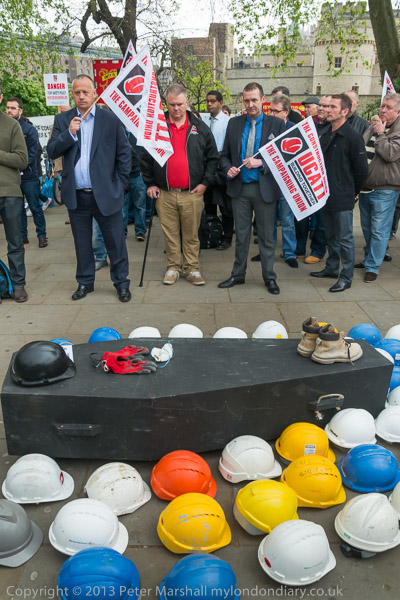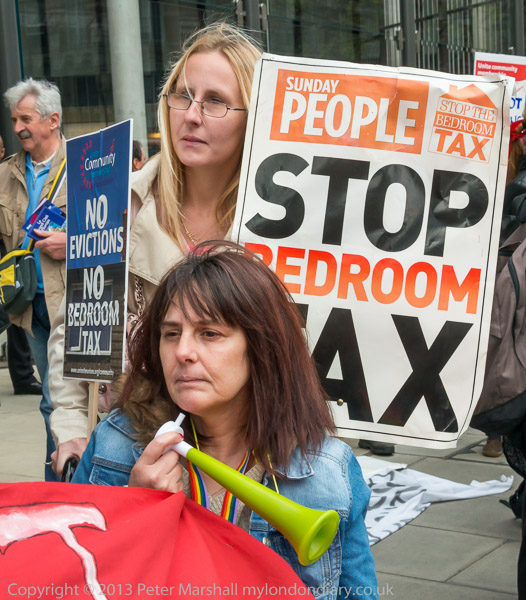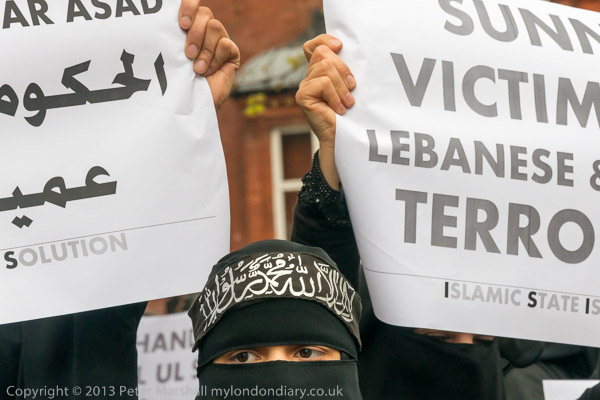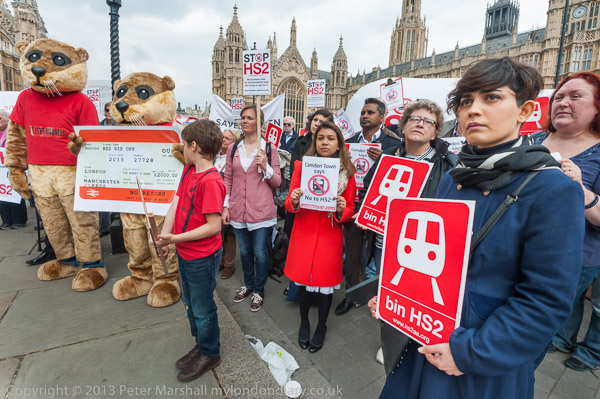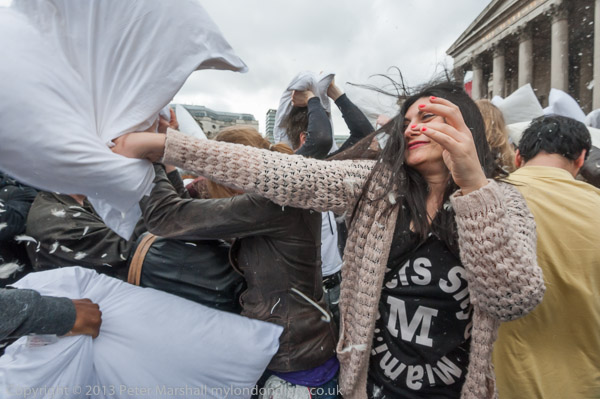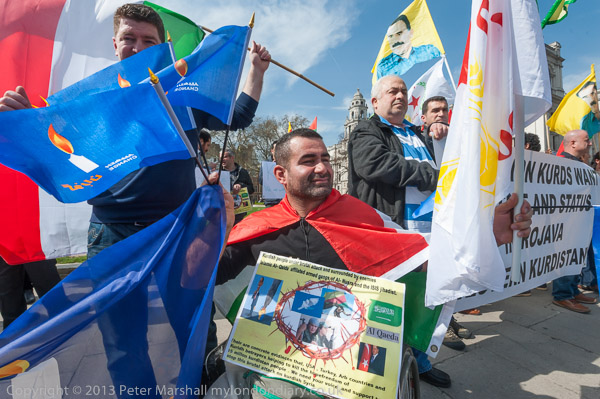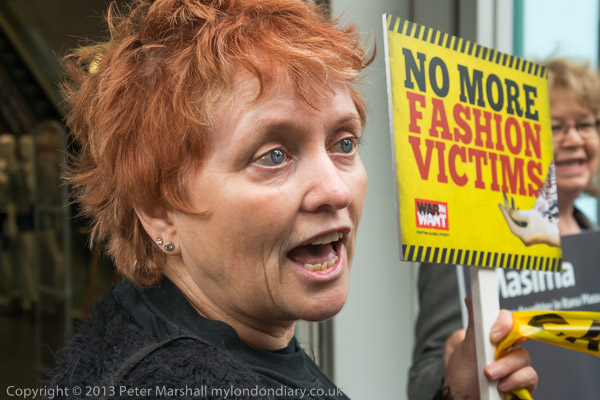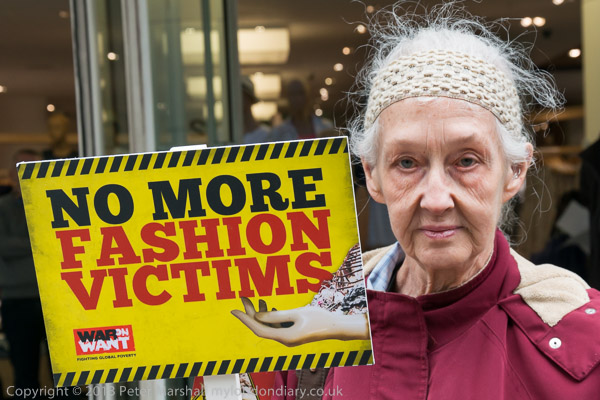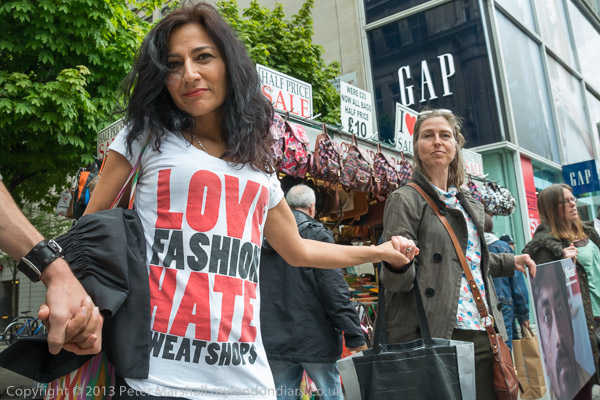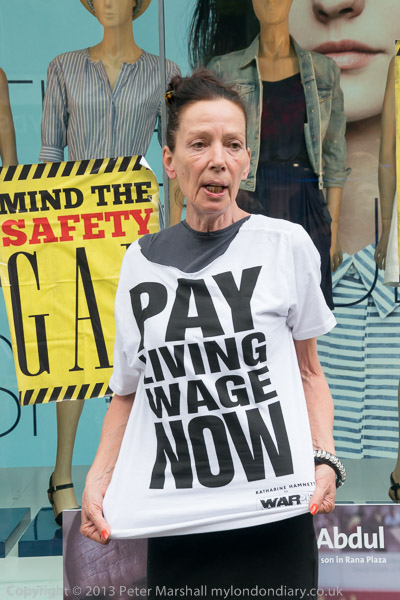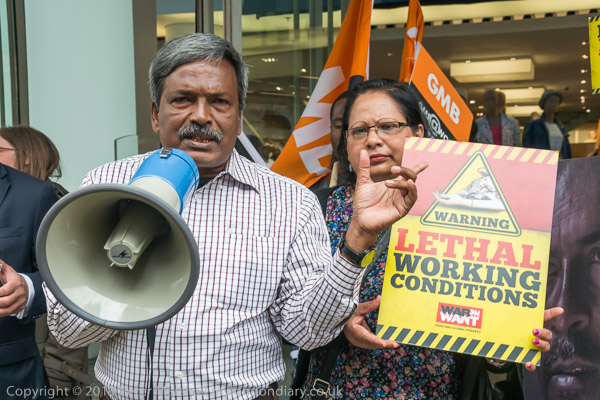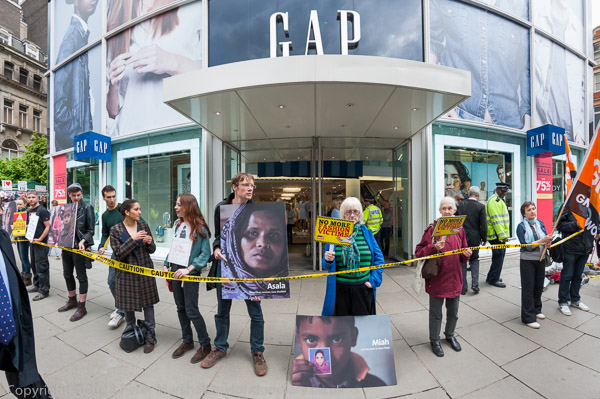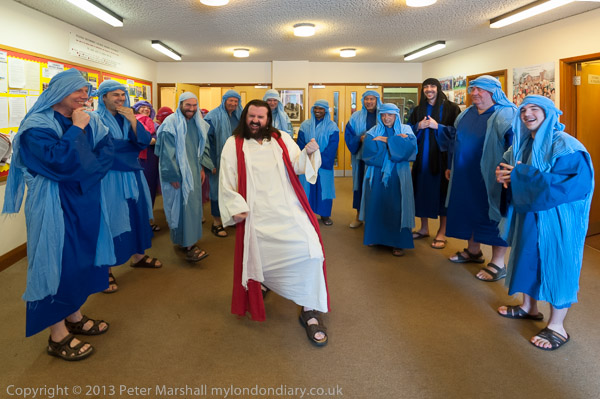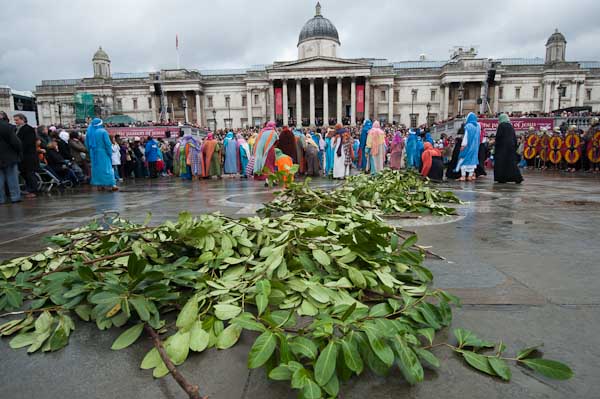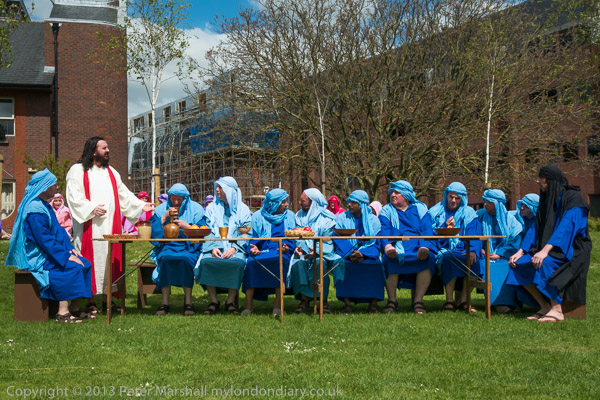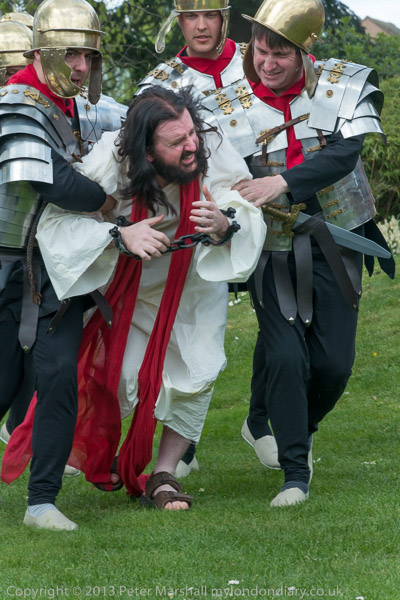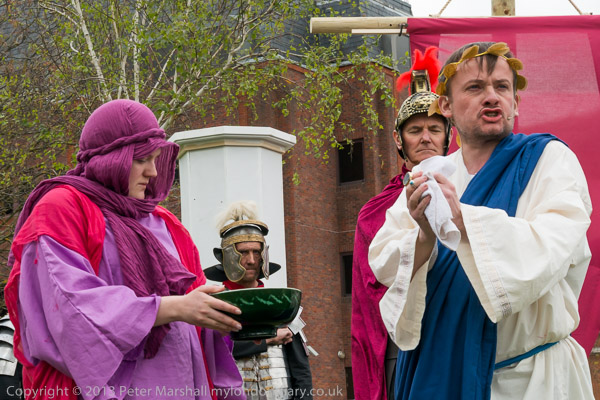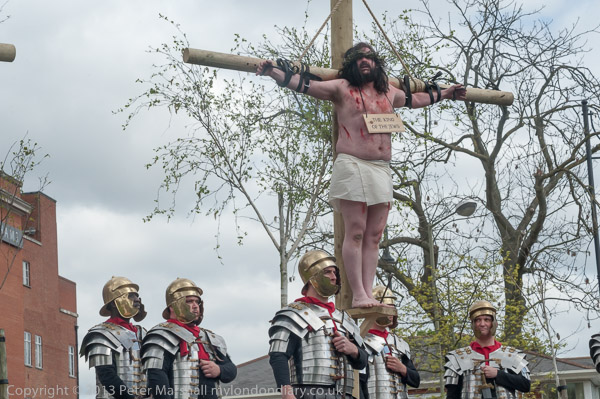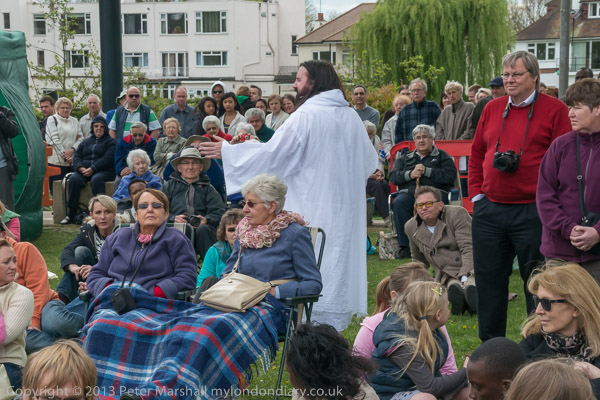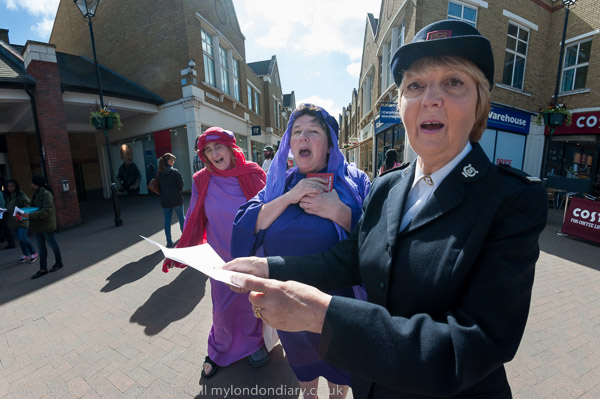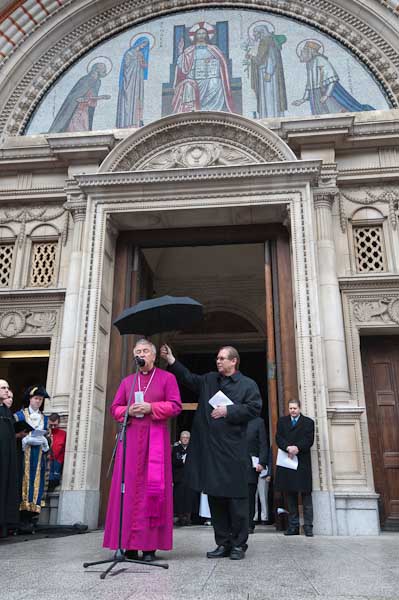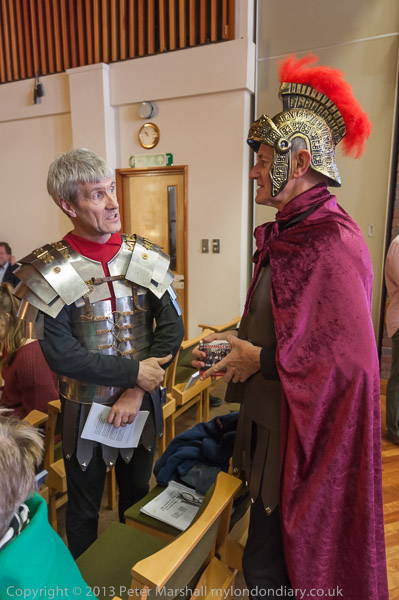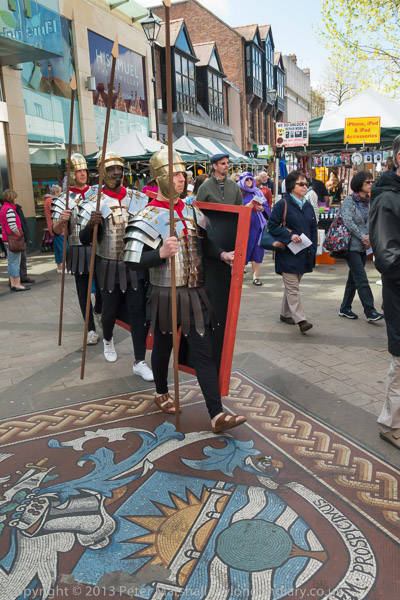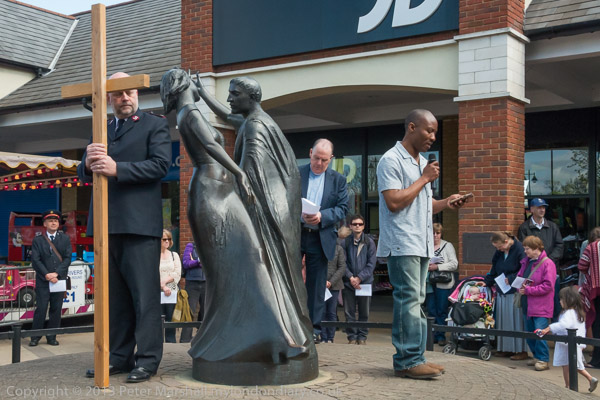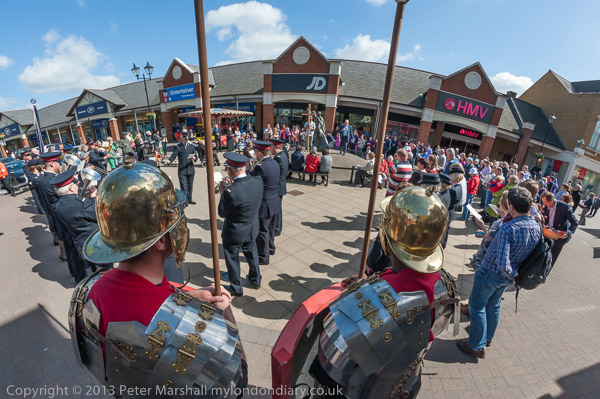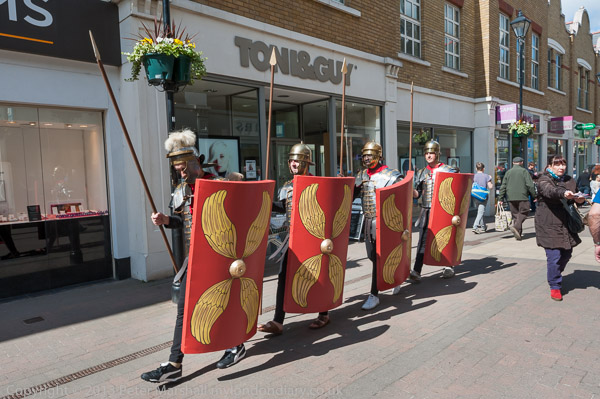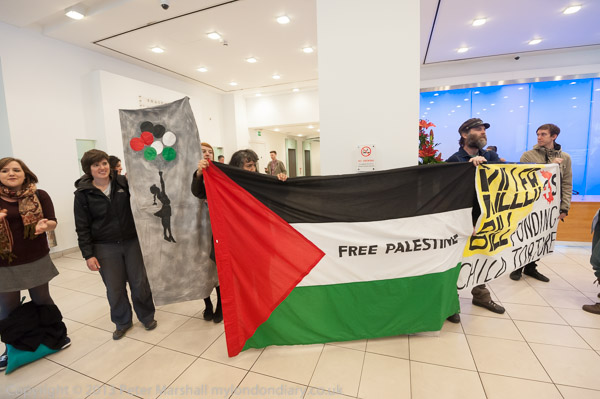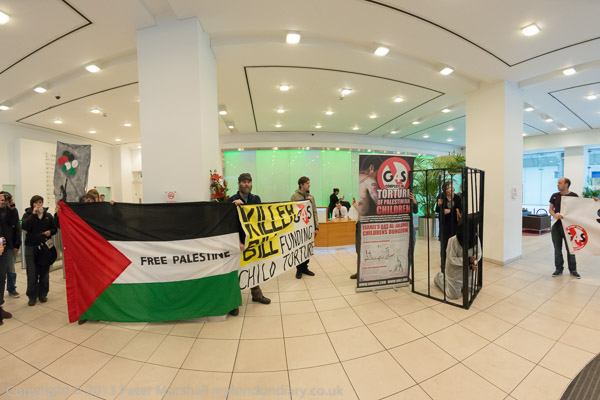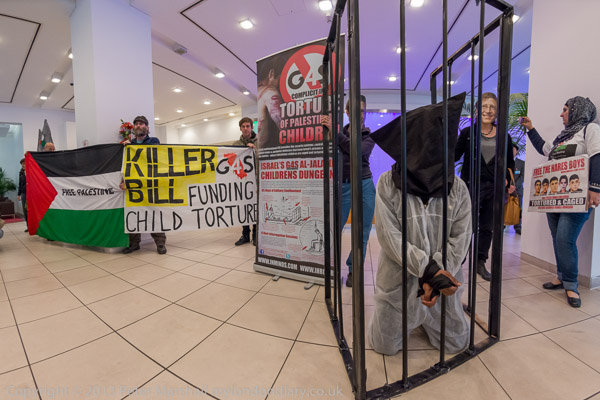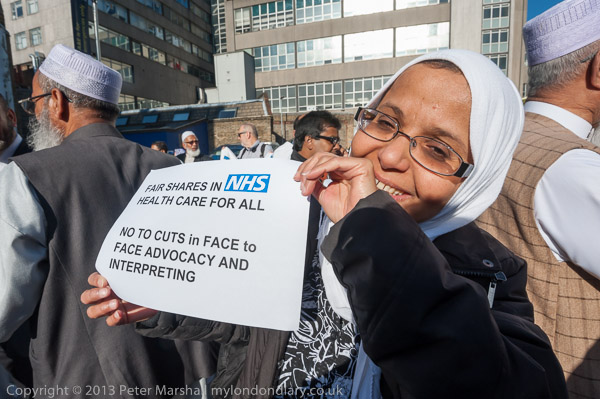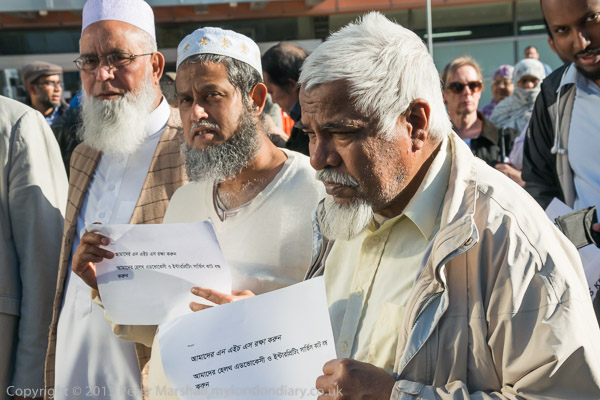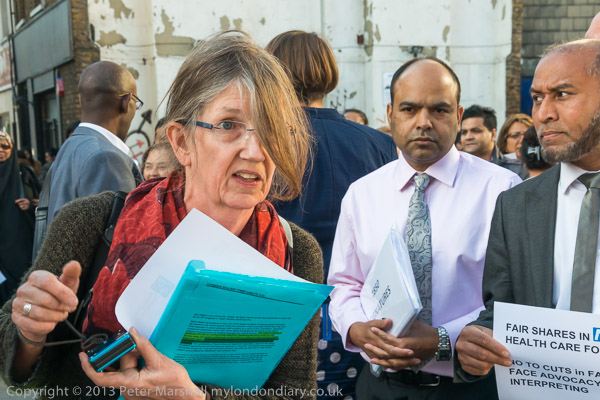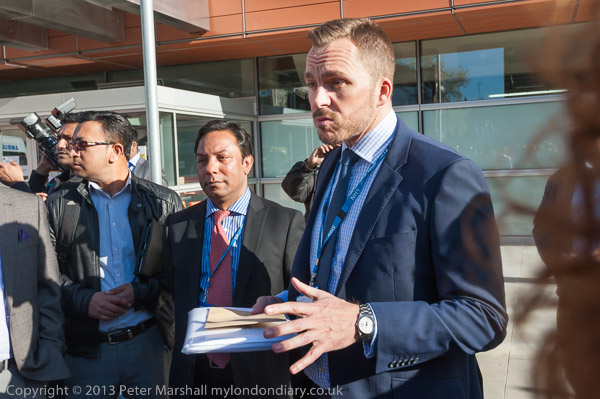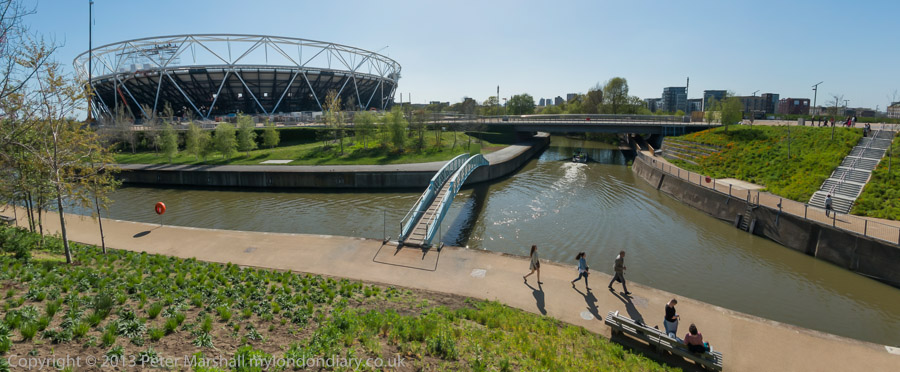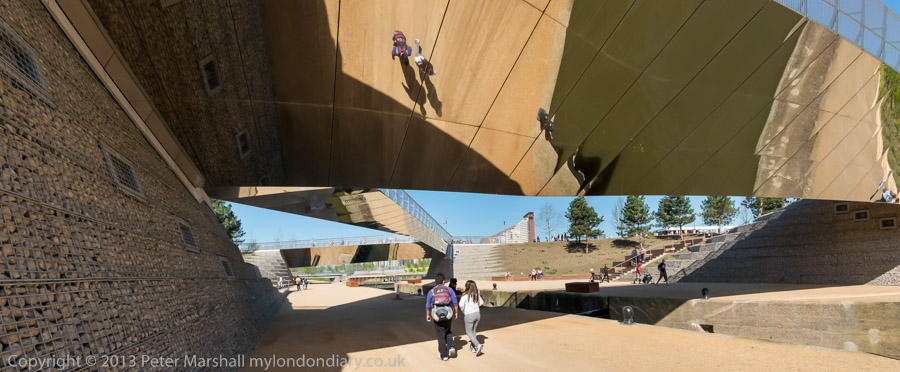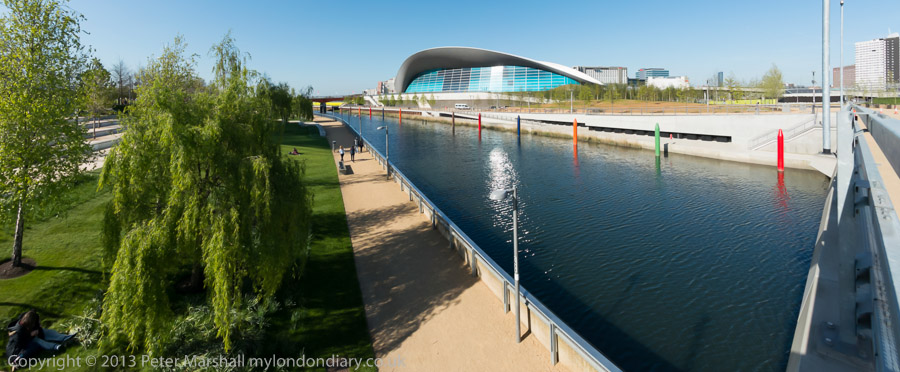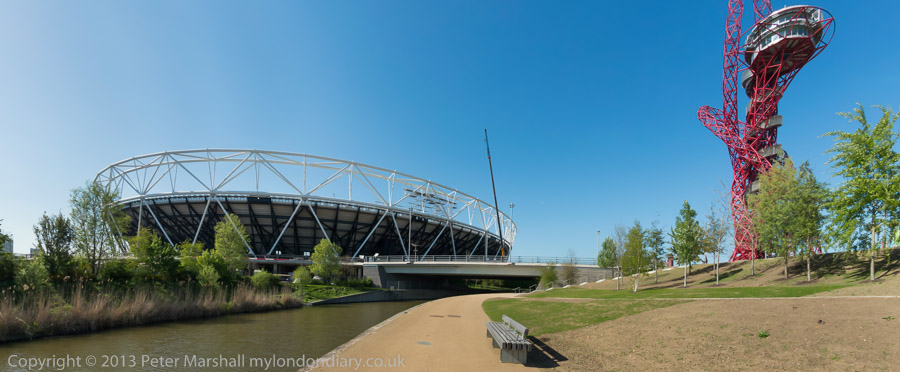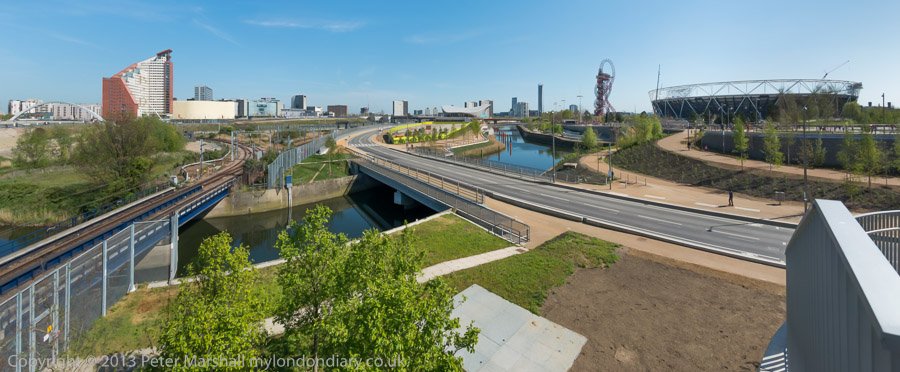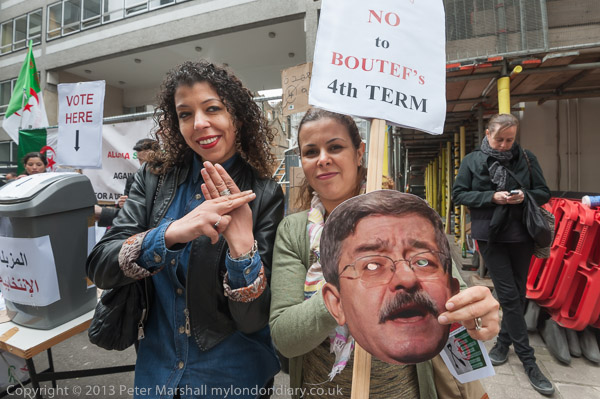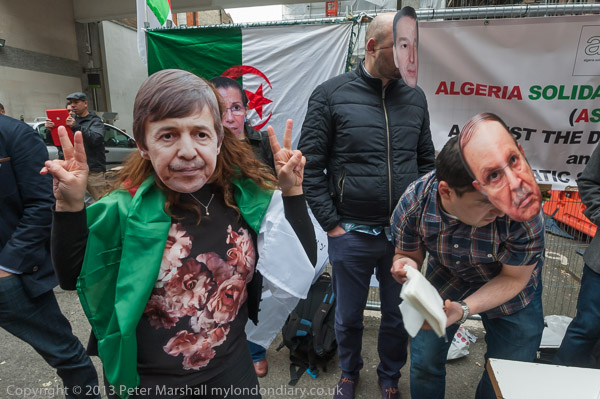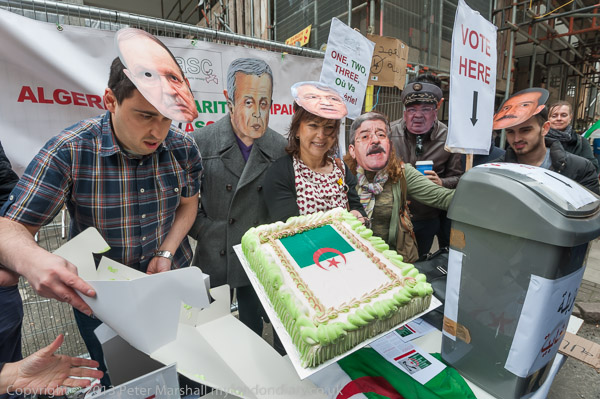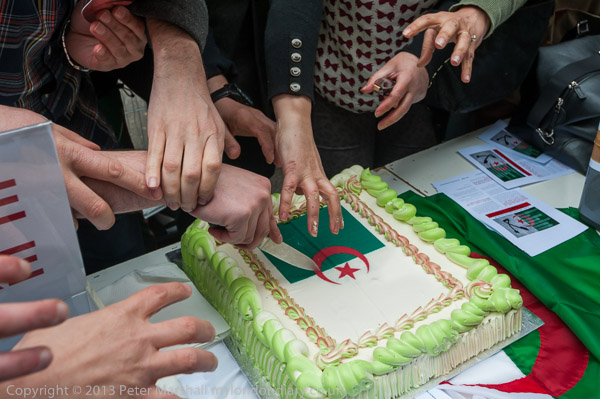Recently I’ve been making a set of prints for a show next month in London – details and invite coming shortly. It’s not a big deal, a dozen prints in a show together with around the same number by another artist whose work – watercolours and prints – I admire.
Again, I’ll perhaps write more about the subject matter later, but for the moment I’ll just say my contribution is in two parts, work I took on film around 2000, and digital images from this year. The practical details of the show have got me thinking quite a lot about the differences between film and digital and the possible methods of printing both of these.
Most of the earlier pictures I printed before, around the time I took it. In 2000 I made the prints in my own darkroom where I had a Durst roller processor system running using RA4 chemicals. They were exposed using a Durst AC707 enlarger that was a sweet piece of kit and was fitted with the best enlarging lenses that money could buy. Then, a dozen exhibition prints would have taken me perhaps a full week of printing, as despite some fairly expensive automation each would require a small mountain of tests as I built up a map of the dodging, burning and filtration changes to get just the result I wanted. Two images a day was good, three a real success and four would have been a red letter occasion. I’m not sure I ever made four really good prints in a day’s work.
I thought briefly about using these prints, but I couldn’t find all I wanted, and would like a set that would match. And looking on the wall high in front of me where I have hanging one of the images printed using my Epson R2400 inkjet and Ultrachrome K3 pigment inks on a watercolour paper and decided I liked this better than the C-types.
I wasn’t sure how much of the difference was that the inkjet print was printed from a scan – which had then been extensively adjusted in Photoshop to do exactly the kind of things I used to do in the darkroom but much more precisely – or because of the actual printing process. I considered for a while the halfway house of sending the scanned files to be printed as digital C-types on Fuji Crystal Archive – I have some great prints made this way from digital hanging on my bathroom wall. But in the end decided to print them myself using the R2400/K3 setup. It would be a little cheaper, take me rather less time. Either way I’d be spending the same time in Photoshop, but I’d save the journey to the lab to take in the files. But the main reason was that I thought I could make better prints.
One of the dozen images I had to print was the odd man out, in that I’d taken it shortly after moving to digital. It stands out to me for two reasons, that the colour is cleaner and truer than those made on film, and that there is just a little lack in fine detail, as the Nikon D100 I was using when I took it just didn’t have quite enough pixels. To make an image at the same size as the others I had to print at 250 dpi, while the high quality film scans are scaled down from around 450 dpi.
The second set of half a dozen pictures in the show were taken with the D800E and the superior qualities of digital over film are clearly visible. The file sizes are roughly the same as the scans from film, but much smoother; I’m not sure there is any more detail but it is clearer and sharper. And the prints – also on the R2400/K3 – are certainly better.
I thought and wrote about this because of a short series of article – and some rather long sets of comments upon them – on The Online Photographer blog about the continuing prejudice in some circles against inkjet prints, and suggesting we might need a special name for those produced with quality and longevity in mind as opposed to the typical output from cheap inkjets on cheap paper. Perhaps the only point that almost all are in agreement on is that we shouldn’t call them giclée!
As on any internet forum there are some very ill-informed comments and sheer nonsense, but here there are also some interesting comments from some authorities. In a comment on his first article, Big Mystery, editor Michael Johnson makes the point that:
“with the exception that most past techniques had distinctive ‘looks’ that specific individuals might have liked and preferred. In terms of controllability, color purity, sharpness, lightfastness, enlargeability, and permanence, the best 2014 inkjet technology surpasses any and all ‘readily available, practical’ traditional color techniques”
to which the site’s Technical Editor, Ctein adds:
“Speaking to the point that Mike didn’t—color gamut—inkjet printing is vastly superior to any chromogenic or dye-bleach process. This isn’t debatable”
and continues to speak about dye transfer, a process for which he has a great reputation:
“Any assertion that dye transfer prints are objectively superior has to be questioned closely.”
A follow-on feature, P+I+P Standards: A Proposal for Future Printmaking Standardization which picks up a point made in the comments is perhaps of less interest. It’s suggestion of some fancy name (IHD) for certain inkjet prints seems to me as silly and unnecessary as the use of the term giclée and the suggestion of ISO or some other certification is I think both unnecessary and unworkable.
To me, IHD sounds too much like that nastily heat-treated milk that makes tea undrinkable, and the other set of proposed initials, VSD, is surely something you should see your doctor about.*
Perhaps the best think is again in the comments, with Ctein again coming out strong. But as others suggest, this is a non-solution to a non-problem. Some of the most expensive photographic prints sold have been inkjet prints, and certainly these have been common in many galleries for years, often described under obfuscatory names (something I’ve often had a little fun in commenting on in the past.) And if a few dealers have a particular prejudice against them (as some certainly do) it has nothing to do with the actual quality or longevity of the prints.
That it has taken rather longer for black and white inkjet prints to be accepted is perhaps connected to the rather poorer quality of black and white prints produced by most printer manufacturer’s inksets, a problem that has certainly been overcome by the efforts of third party ink makers such as Jon Cone with his several generations of ‘Piezography’ inks. Ink sets such as his have also prompted the printer manufacturers to raise their monochrome game, and prints made by – for example – Epson’s K3 inks using their ABW printing are now almost in the same league. Many – including photographers – have mistaken mine made on baryta papers for silver gelatin prints.
What in the end was not the final piece, On Vintage Prints (A Last Word) ends (at least at the moment) with a comment by Kenneth Tanaka: “I have seen, and done, more than enough inkjet printing to know that the medium is no longer a valid basis for prejudicial judgement. If you see an ugly print blame the Printer not the printer.”
And, perhaps finally (but I wouldn’t bet on it), Are They Or Aren’t They? beings with a long comment from, the mysteriously named ‘MHMG’ which perhaps sums up the technical side of things.
* And just in case you are wondering, I simply describe my prints as “pigment inkjet prints”, though of course if anyone asks I’m happy to give them more details – for example that they are printed on the now discontinued Ilford Galerie Gold Fibre Silk (rumoured soon to be produced again.) The only people who ever do are other photographers.
